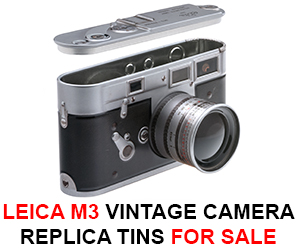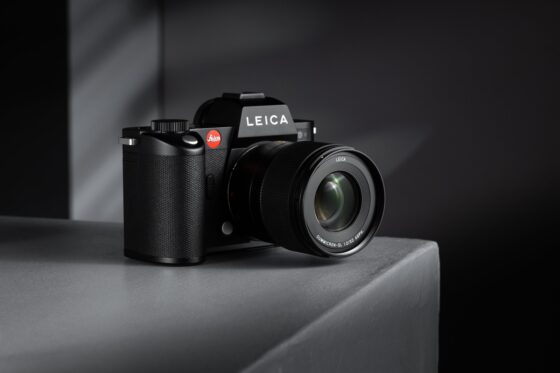
Leica Summicron-SL 50mm f/2 ASPH lens review (originally published here) by Kristian Dowling (Website | Blog | Instagram | Twitter):
The new Leica Summicron-SL 50/2 ASPH is almost as amazing as its ‘APO’ brother and ‘my’ preference for the 50mm focal length in the SL lens line-up. I have used this new lens for several months on my Leica SL2-S in Australia, Germany, Switzerland, Austria, Thailand and Korea, and here is my non-technical perspective.
When the SL was first introduced back in 2015, we had the Summilux-SL 50/1.4 ASPH lens – a beast of a lens weighing 1kg with a size that rivals most medium format lenses. It came at a time when Leica and Zeiss were pushing the limits of no-compromise manufacturing and taking advantage of the larger SL lens mount. These larger SL lenses were designed to squeeze every drop of quality out of the original 24MP sensor, extending beyond the smaller M lenses, which are limited to the design of their diminutive size. Since then, we have seen literally all manufacturers releasing larger lenses with higher performance, just to stay in the game. Considering the jump to larger pixel outputs across the market, this is a very good thing.
Fast forward to today, and we now have a bigger selection of lenses, and most recently ‘smaller’ SL lenses that bridge the gap between size and quality at a more affordable price point. This hits a sweet spot for myself, and I’m confident, many of you. It’s now been almost 8 years since Leica gave us the SL-system and lens technology has progressed even further. What this means, is that we no longer need to carry around larger lenses like the original Summilux-SL, and we no longer need to pay the higher prices of them either. We have options in the upper echelon of lens manufacturing and we are all better for it.

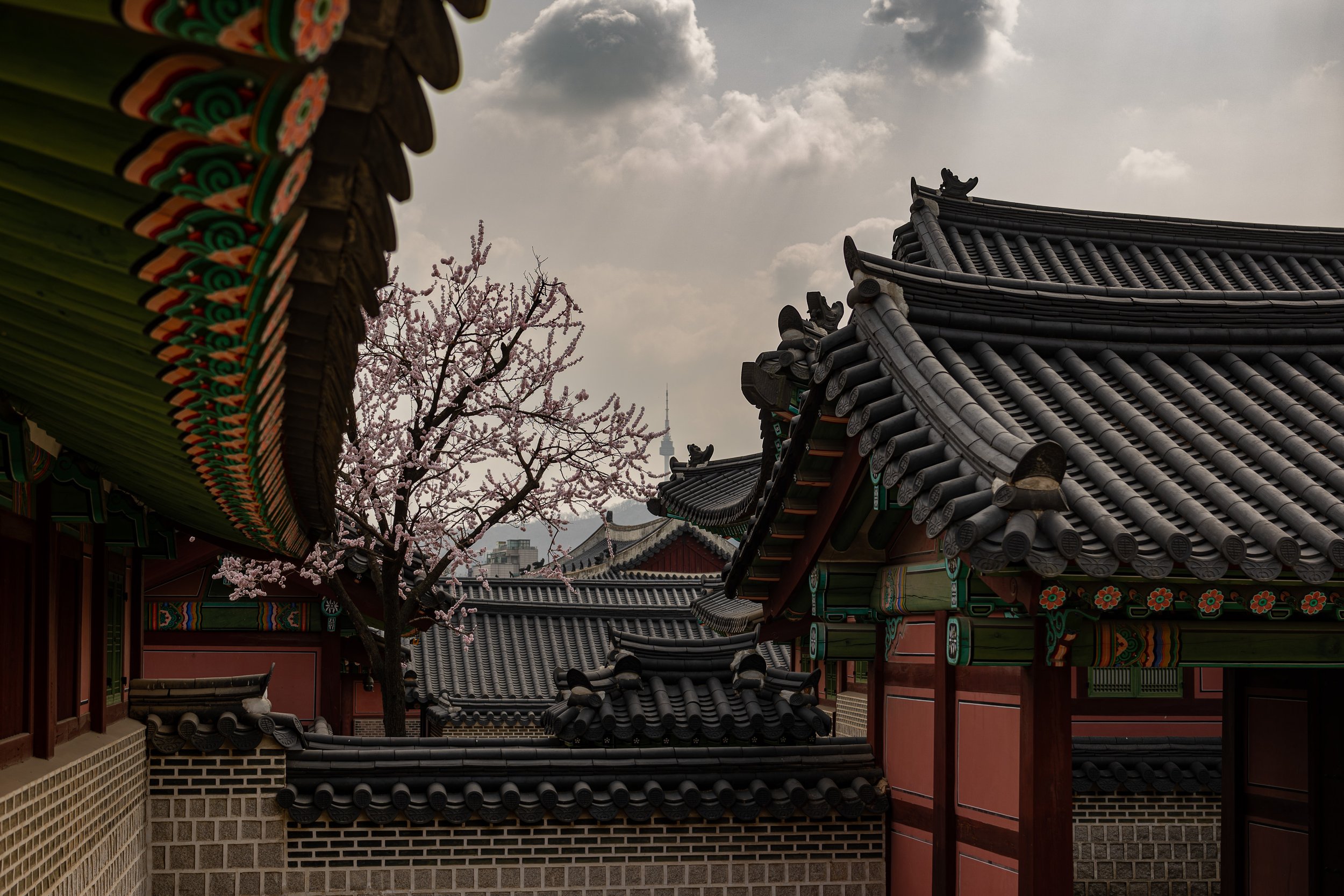


The Summicron-SL 50/2 ASPH was released alongside a new 35/2 ASPH, and in the footsteps of the Vario-Elmarit-SL 24-70mm f/2.8 lens – a smaller and more affordable alternative to the 24-90mm lens with very similar performance attributes. You may have heard that these lenses share some similarities with their Sigma and Panasonic counterparts, and you would be correct. Both companies are part of ‘the alliance’, and therefore share information and technology with the goal of producing higher quality products, and a more extensive camera system across three major brands. This is the best part about being invested in such a system. You can pick and choose, mix and match equipment parts based on the brand, quality, features, size, weight, and performance you require, without having to reinvest in a new system.
DESIGN, BUILD AND HANDLING
Unlike it’s 50/1.8 Panasonic brother, the Summicron 50/2 is designed in Germany and made in Portugal, with a different overall appearance, though very similar in specifications. While the lens is not German-made, the Portugal factory carries an esteemed reputation for carrying the same standards as executed by the German factory, so I have no hesitation in recommending or using Portugal-made lenses.
The design is as simple as it gets. The new Summicron-SL 50/2 ASPH lens looks like the other SL lenses we know. This magnesium-aluminium construction helps protect against vibration when coming into hard contact, and also helps insulate the lens from extreme weather – yes it is sealed against light water intrusion.
There is no text other than the essentials. The ‘50’ on the side of the barrel in golden-yellow designates the 50mm focal length, and the lens ring surrounding the front element has the usual lens information. One change I have noticed which is a little out of the ordinary is the filter thread size (E67) is noted on the side of the barrel instead of the front ring where it usually is. The focus ring is wide and smooth with nice grip, and is well-controlled in manual-focus mode – not something I use often on the SL.
One change I really appreciate is how Leica are now giving us lens hoods made of metal. It’s the scalloped kind, which is usually seen on wide angle lenses, and works well on the 50mm. It is also compatible with the 35mm variant of this lens which explains the scalloped design. The hood locks into place tightly giving a reassuring click when securely fastened. In hand, the lens feels great – solid just like other SL lenses, just lighter (740g) and smaller (102mm in height). The 67mm filter diameter also means filters are easy to source and relatively inexpensive to purchase.


AUTOFOCUS PERFORMANCE
The main challenge I had when I first used the Summilux-SL 50mm varient is that the larger lens elements were heavy and therefore slow to focus. This did improve over time with software updates, however I’ve always wanted something smaller and as fast and accurate as the other lenses like the 24-90/24-70mm variants. Using single point focus I was able to instantly and accurately achieve focus, with silent operation. After hundreds of images taken, I did not see any autofocus errors, outside of slight user error, which rarely occurs 😉 of course!


IMAGE QUALITY
Now the part you’ve all been waiting for. How good is the image quality, especially when compared to the almost perfect APO-Summicrons, either the M or SL?


That answer is easy. It’s close, very close! If you’re looking at the RRP prices of the APO models VS the new ASPH, and expecting the performance to price ratio to be similar you’d be incorrect. The new ASPH provides the user with much more BANG for the BUCK! I find the new ASPH to come within 90% of the APO’s performance at only 60% of the price.

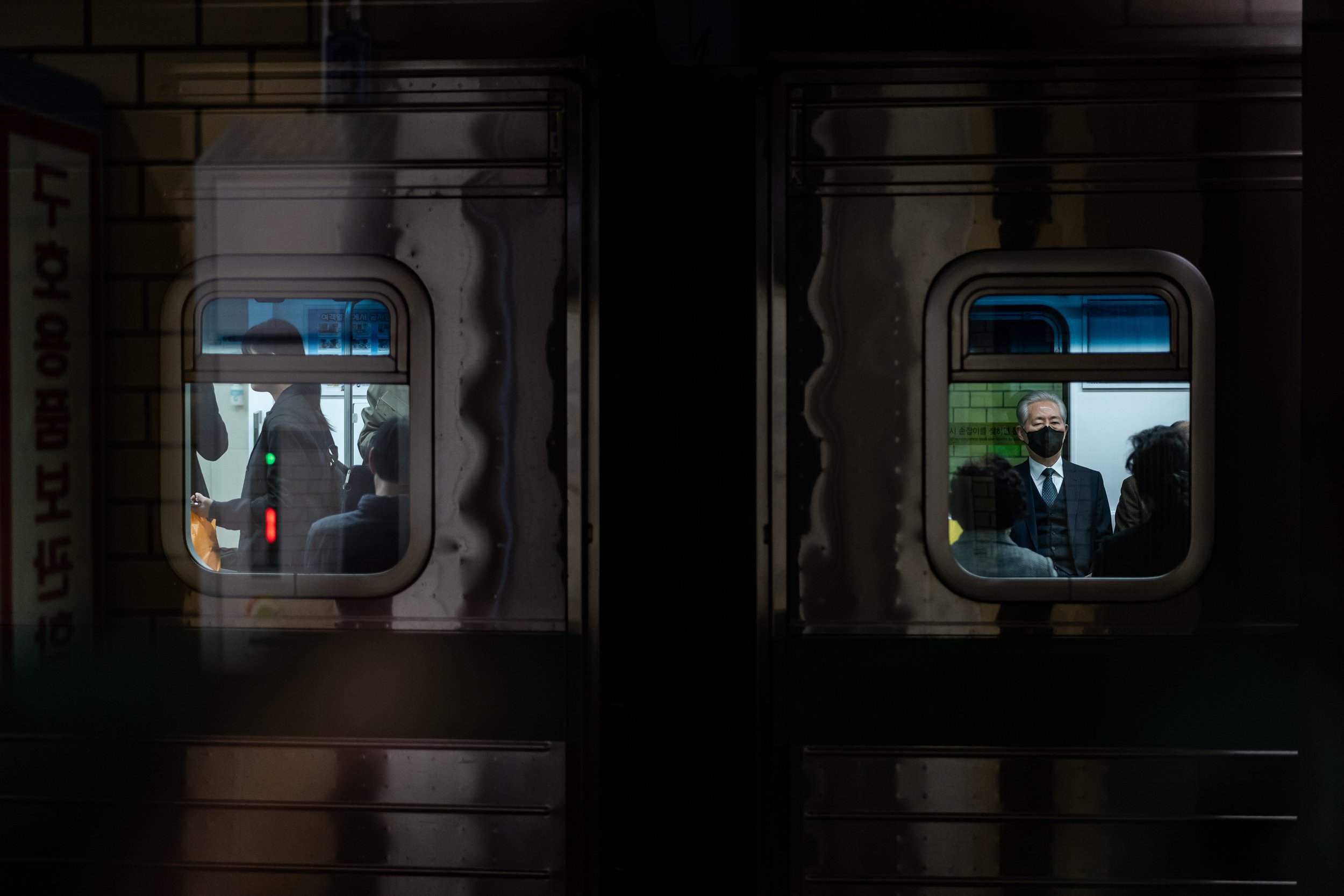
Resolution:
Overall clarity is what we really want to know about, and this is where technology has greatly advanced. While going larger presents less of a design compromise, Leica have somehow figured out how to squeeze every last drop of sharpness out of the Summicron-SL 50/2 ASPH, at a smaller size. Leica is no stranger to miniaturisation, which has been evident in their rangefinder screw mount and M lines since 1914. I shot a majority of pictures wide open as these days shooting at f/4-8 almost always looks great, on any lens, showing very little lens signature. Of course, the sweet spot is between f/4-5.6, but with a 50mm lens, f/2 in general is the sweet spot for ‘character and signature’, which is why the Leica Summicron 50mm has historically been such a popular lens.
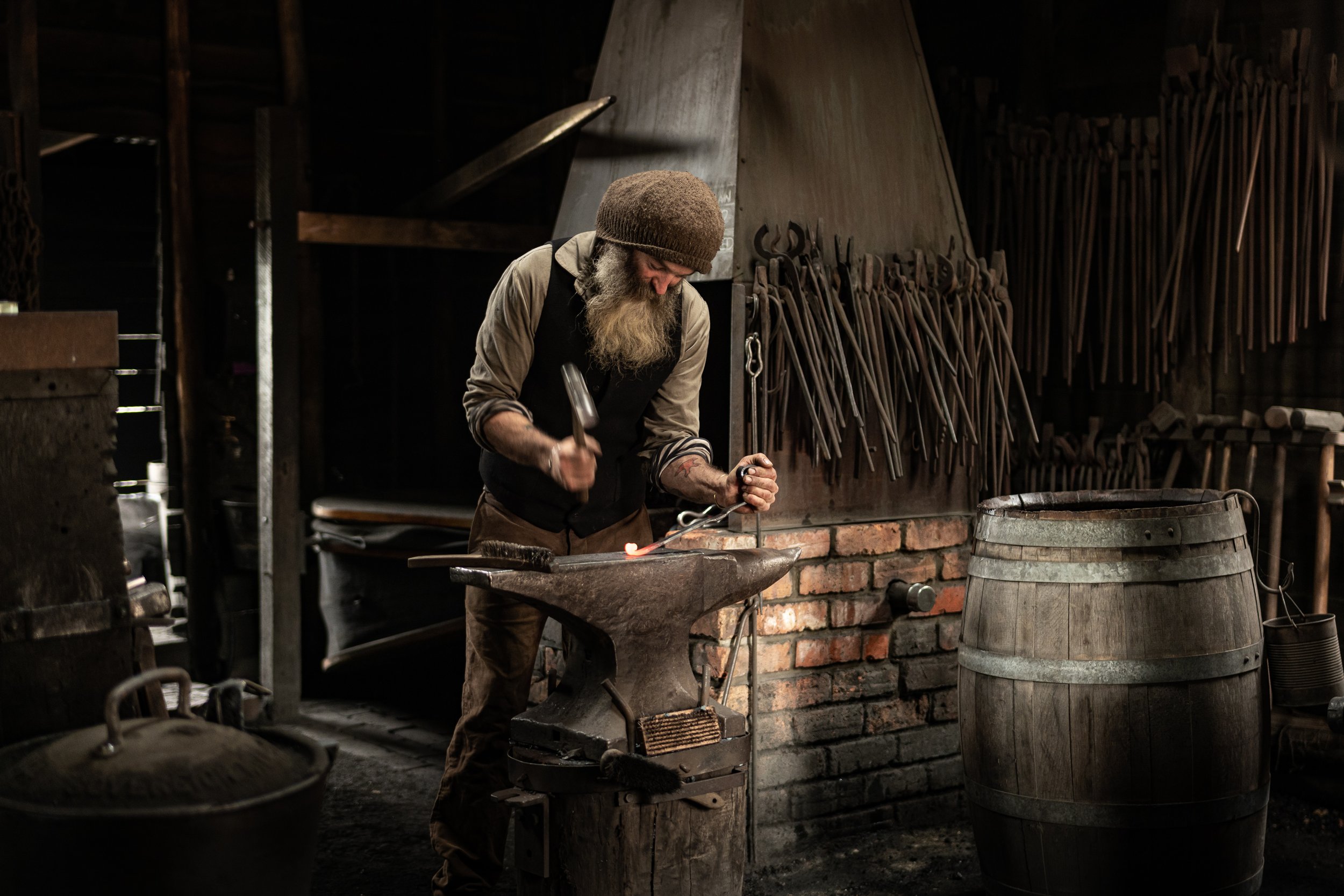

Wide open, sharpness is around 90% of its potential, and the focus drops off suddenly, yet smoothly, creating the very painterly effect we have come to expect from Leica APO lenses. However, don’t mistake my excitement for a clear choice in the APSH vs APO lens debate. The APO lens is still the clear winner in pure performance alone. I’d rate the SL-APO a 10/10, the M-APO a 9/10, and the SL-ASPH an 8/10. That is a fantastic result for a small lens at this price point, which while not being a very affordable lens by generic standards, it is affordable by Leica standards with very little compromise. Needless to say, but I’ll say it anyway, the lens performs in low light!


Bokeh:
Leica have always excelled when it comes to bokeh, and at the risk of emphasising its importance in photography, I’ll start by saying, ‘I don’t shoot for bokeh’. While most images in this review are shot wide open, this is not a characteristic of my usual shooting style or aperture selection – it’s for testing only. Yes, you can see a lecture is coming, and you’re correct! …pun coming…


There is too much focus on bokeh these days. While it is certainly important, I think too much attention goes into it at the expense of the quality of photography. When your mentor tells you, ‘The background is just as important as the foreground,’ they are ‘not’ telling you to blur it out as much as possible. What they mean is, regardless of focus/defocus, choose your background carefully. We should ‘not’ be using bokeh or defocusing to cover up the laziness of choosing a poor background. Instead, we should be valuing the quality of a lens’s bokeh, and doing your photography justice by choosing your backgrounds carefully – as bokeh is only as good as the background we choose to defocus.

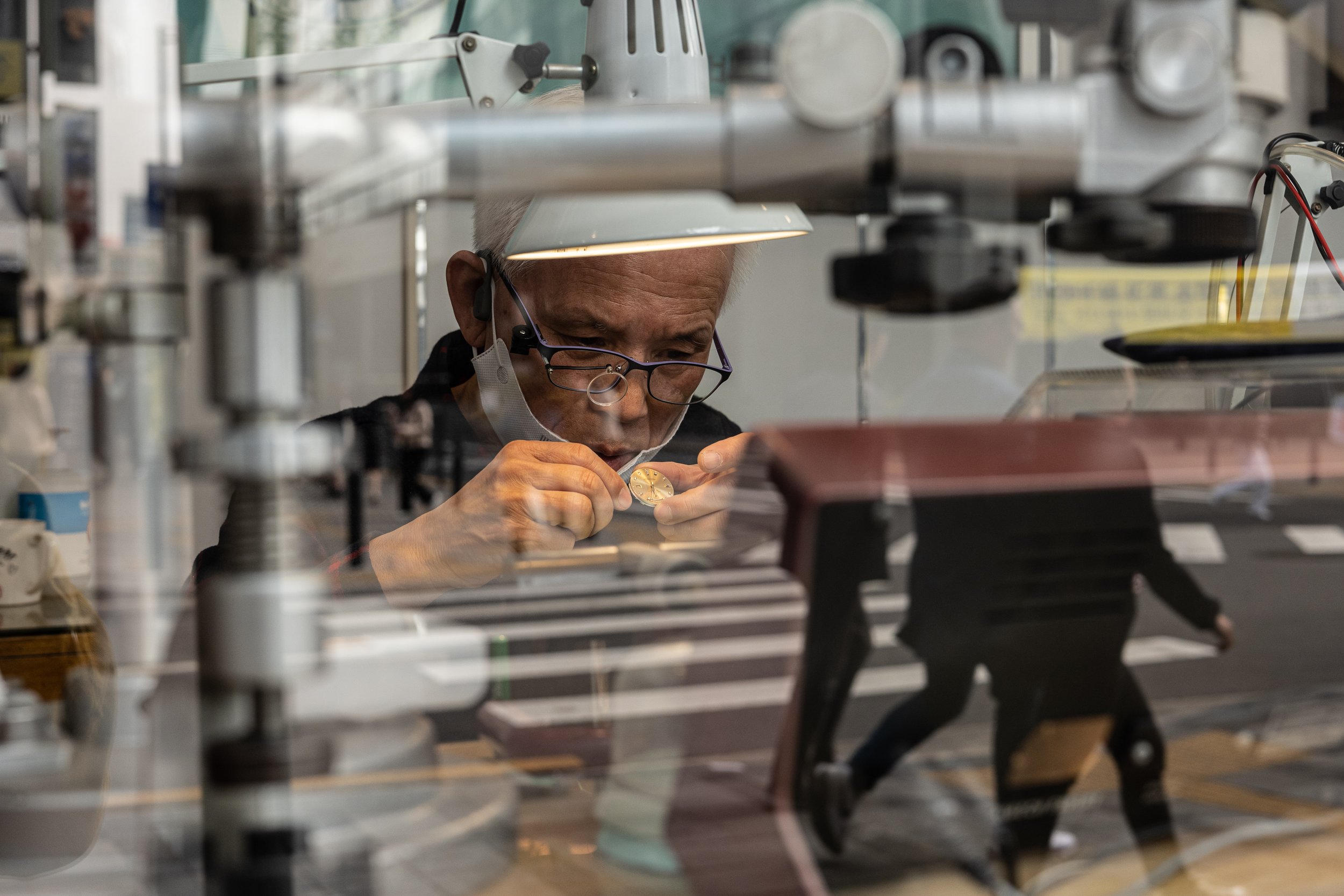
Having said that (rant over), the bokeh here is beautiful and the character is in line with the modern Leica lens – sharp with immediate, yet smooth focus falloff. Background elements are rendered with accuracy and have none of the ‘classic’ look found in vintage lenses. This is a modern, contemporary lens that delivers everything we have always wanted and asked for.
Distortion:
Not a lot to report, being an f/2 lens, it has very good to excellent control, and I never experienced any issues in real world use. The field is flat, and I rarely saw any issues with field curvature for the kind for work that I do.
Flare/Reflections:
During my test period, I didn’t see a lot of sun, especially in Korea where I witnessed so much pollution, I fell sick for 3 weeks following. Having said that, I don’t foresee any concerns in this area.
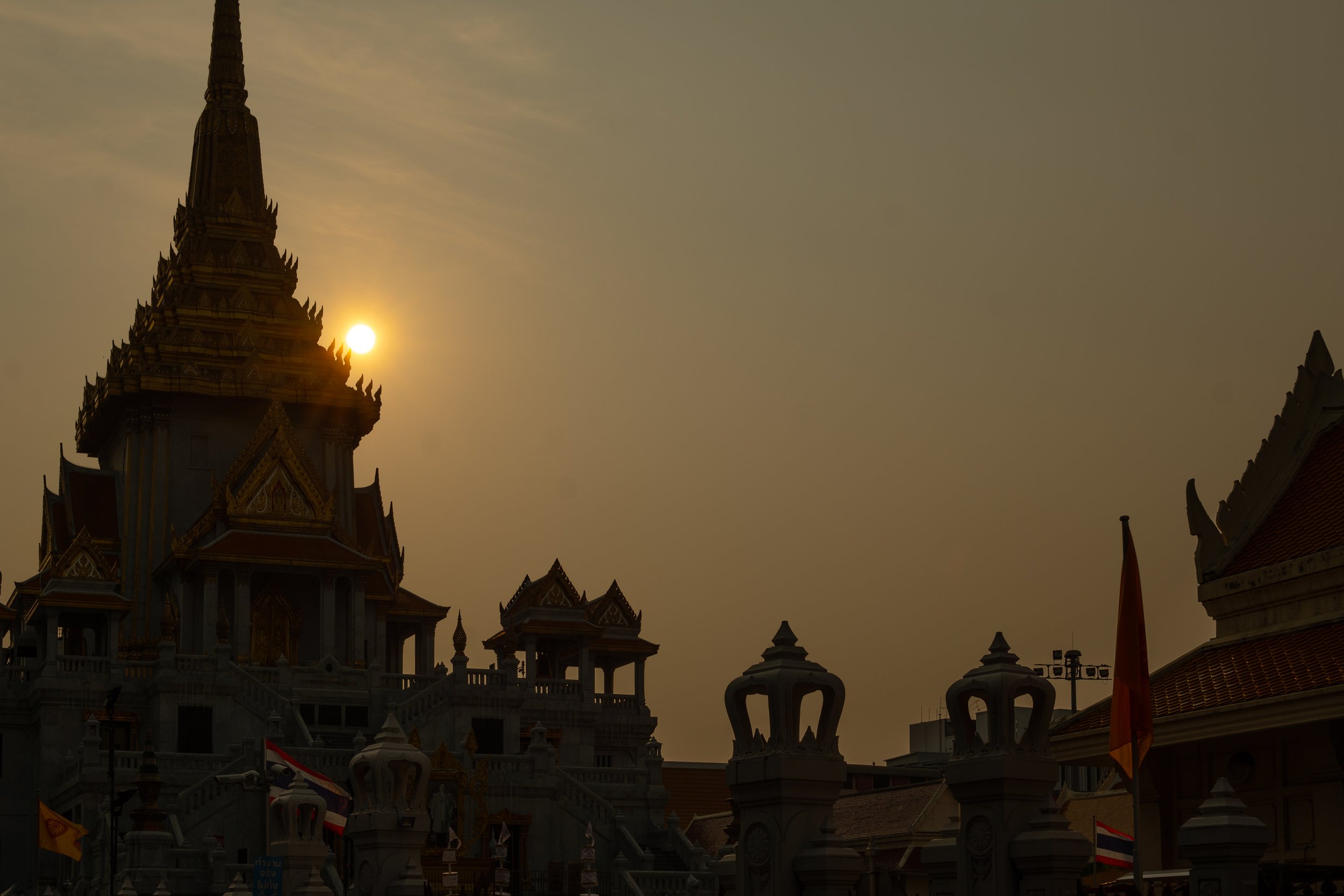
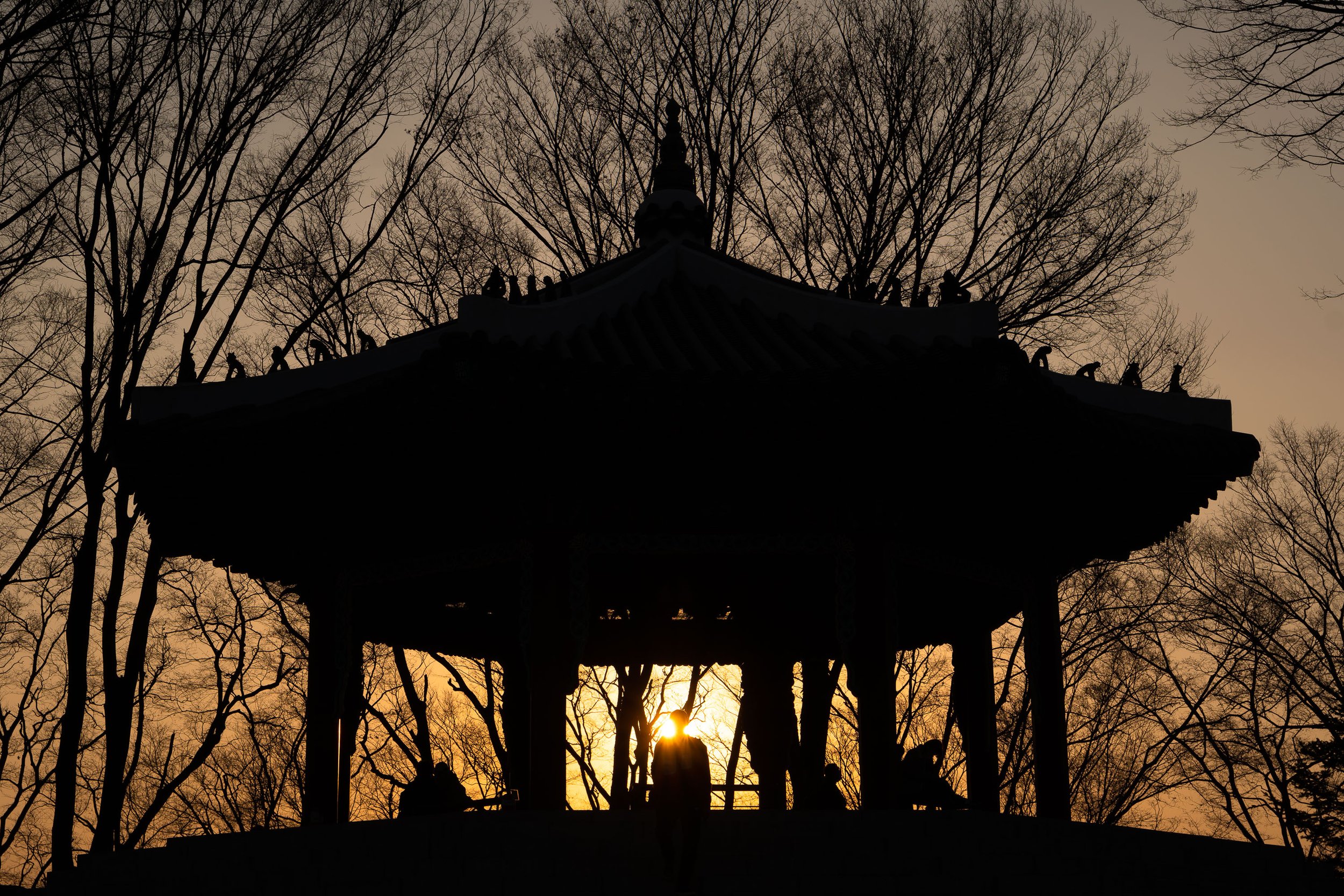
Colour:
Like all Leica lenses, the colour from the Summicron-SL 50/2 ASPH is accurate with no noticeable shift in colour during my testing. While many other brands may have some slight variations based on larger scale production, Leica’s stringent testing ensures your money is well spent, and you can expect the very best colour accuracy – consistent with Leica’s legendary colour science. Colour is literally the last thing I’ve ever had to be concerned about when it comes to Leica lenses, and the Summicron-SL 50/2 ASPH is no exception, even at its lower price point.



CONCLUSION
I like it, a lot! This piece of kit is more than just a great lens for the money and size. The size/price/performance ratio is unmatched in the world of Leica. More than anything, this has me excited about what Leica is now able to accomplish at a lower price point, clearly taking advantage of the benefits afforded by ‘the alliance’. So, for those looking to get into the Leica system, yet wanting to stick to the Leica logo, there is now a lower entry point.
Over the years I’ve seen other camera manufacturers quickly increasing their camera prices, selling their bodies at a similar or even higher price point to the Leica SL cameras. However, their advantage has always been the price of their lenses. There’s clearly a quality difference here due to the experience Leica has, as well as their testing procedures and overall craftsmanship.
With Leica’s introduction of the 24-70mm, 35mm and 50mm lenses, there is more reason to strongly consider Leica if you’re outside of the system looking in. For those of you already in the system, these lenses are not just great alternatives to your existing lenses, but great additions to your system, as you could pick up any one of these lenses and not feel you’re sacrificing much more than size and weight. If I owned both the APO and ASPH, the ASPH would be the lens I pick up more often for travel and long walks. The APO I’d use for shorter shooting sessions, or during shoots where I need every last drop of resolution.
Either way you can’t go wrong. No matter where you are now, Leica presents a very compelling argument to at least consider the SL-System as a viable option to any serious photographer, professional or otherwise, no matter what photography you do. If you catch where I’m going here, I’m saying this is more than just a new product with a great price to performance ratio. It’s a shift, an opening in the Leica market, enabling entry from those who may have been on the fringes, and this is a very good thing.
If you have an interesting idea for a guest post, you can contact me here.

















